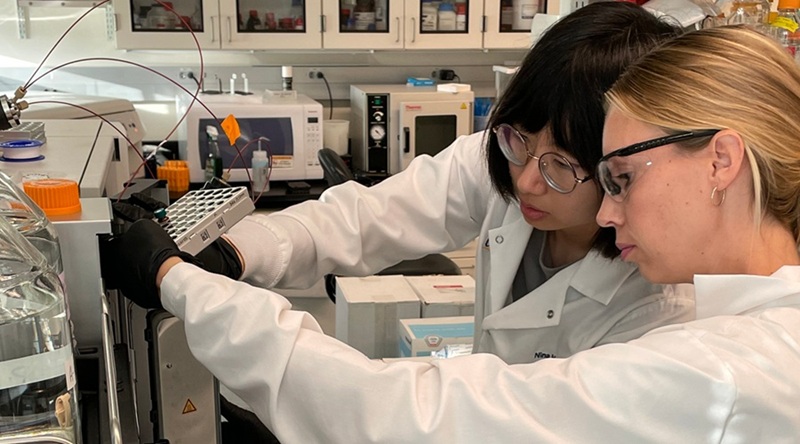Prostate Cancer Markers Based on Chemical Make-Up of Calcifications to Speed Up Detection
Posted on 25 Jul 2025
Prostate cancer can be difficult to detect early, limiting timely and appropriate treatment. While calcification—calcium build-up in soft tissues—has previously been suggested as a possible indicator, it remains underexplored. Diagnosing the disease accurately and quickly is essential to improving patient outcomes and reducing the need for invasive treatments such as surgery. Researchers have now found that certain chemical elements within calcifications appear to be linked to how aggressive the cancer is. Analyzing the chemical composition of these calcifications could provide new markers to help doctors identify the disease sooner.
The research team at Keele University (Keele, EN, UK; www.keele.ac.uk) had previously demonstrated that calcifications could signal prostate cancer. In their latest study, the researchers expanded on that work by analyzing their chemical composition. To do this, researchers used the Diamond Light Source synchrotron in Oxford to examine calcified prostate tissue at a highly detailed level. Their investigation focused on identifying the elements present within the calcifications and exploring whether any correlations existed with tumor severity.

In their study published in ACS Chemical & Biomedical Imaging - Bioimaging of Metals, the researchers reported that elements such as iron, copper, nickel, manganese, and chromium were associated with the tumor’s Grade Group classification. These findings indicate that the presence of certain elements could serve as early warning signs of cancer aggression. The simplicity of detecting such markers could eventually lead to personalized treatment plans and reduce reliance on invasive interventions. The researchers plan to build on this discovery by developing new diagnostic markers based on elemental analysis of prostate tissue, aiming to detect cancer earlier and help doctors determine the most appropriate treatment path for each patient.
“For the first time in prostate tissue, we’ve been able to look closely at what these tiny calcium deposits are made of, and we’ve found that certain elements seem to be linked to how aggressive the cancer is. That’s really exciting because it means we might be able to use these elements as early warning signs,” said Dr. Charlene Greenwood, co-lead author of the study. “The hope is that this research will lead to better ways to spot prostate cancer earlier and help doctors decide on the best treatment for each patient, potentially avoiding more invasive procedures.”














